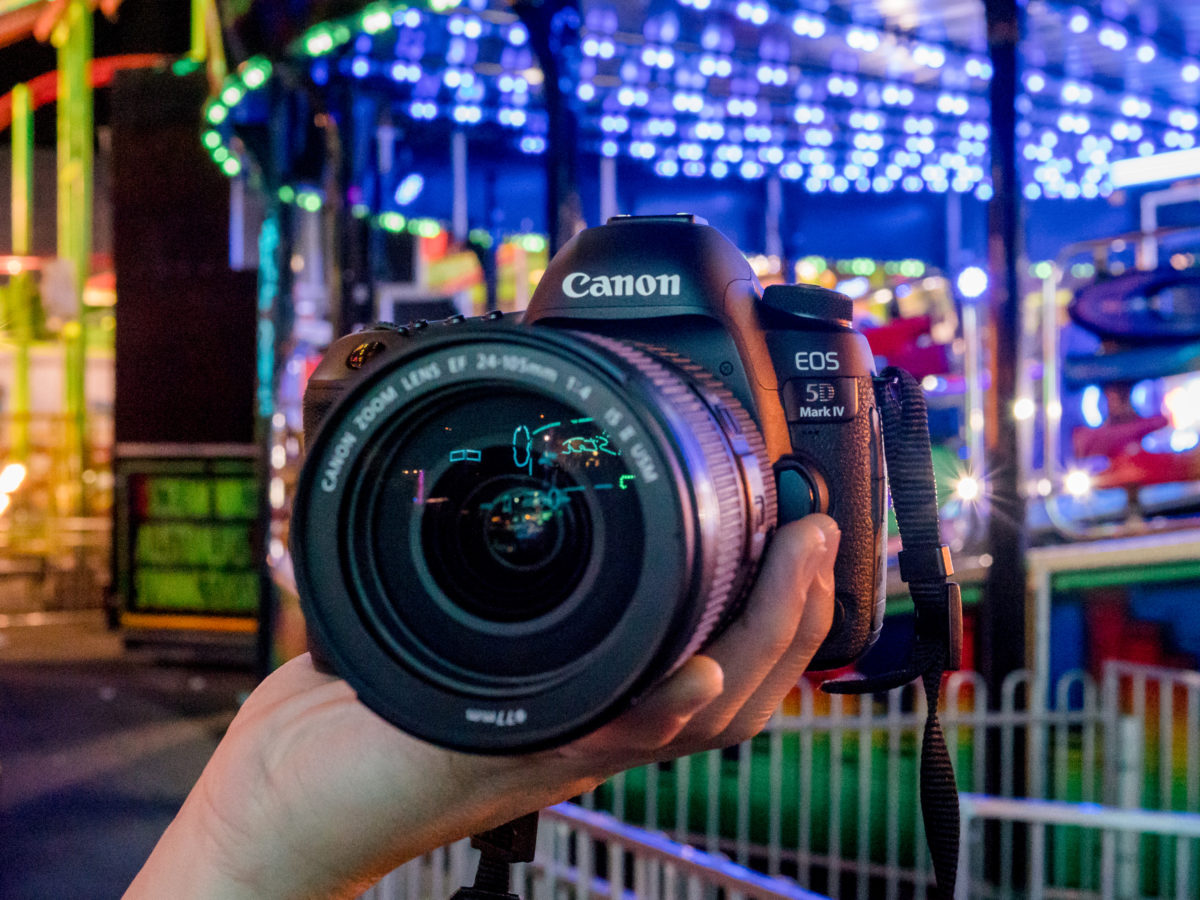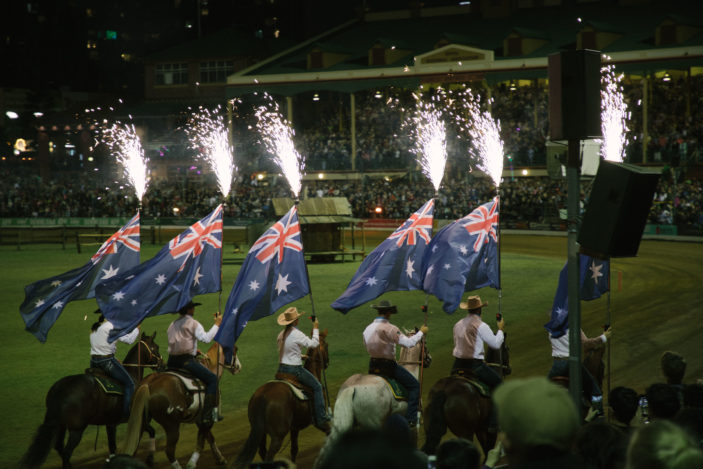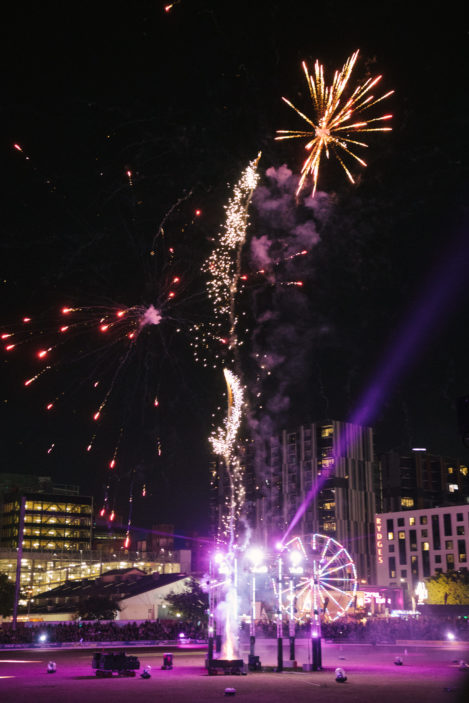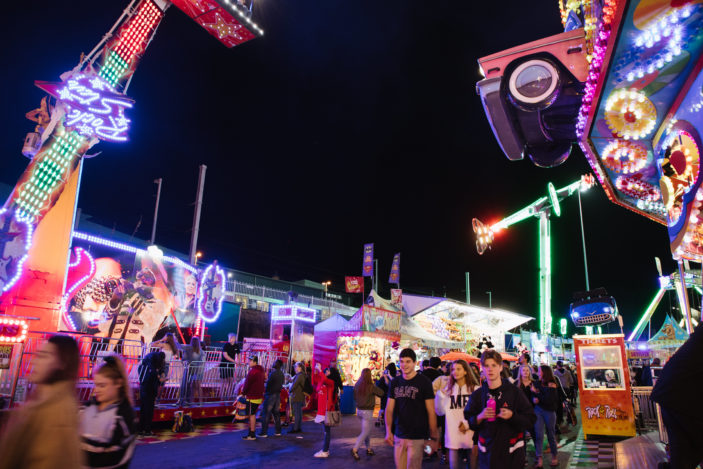
Canon’s EOS 5D Mark IV is now two years old, but it’s still holding its own in the professional photography world as a high performance stills camera for the discerning stills shooter. With a 30.4 megapixel sensor, ISO range 100-32000, 4K video, 61-point autofocus, wifi and NFC to work with the Canon Camera Connect App, and a high frame rate mode, the 5D Mark IV would be a solid choice of camera for someone looking for a high performance body without the extra cost and megapixel count of the 5DS or 5DSR bodies. I tested the 5D Mark IV with the EF 24-105mm f/4L IS II USM lens.
Maybe it’s because I’m used to shooting with Nikon bodies, but a lot of the controls weren’t where I expected them to be – the on-off switch is on the left side, unlike most cameras I’m used to where it’s positioned on the right, and I found the joystick super fiddly and non-responsive. Even the turning directions of the zoom and focus rings on the lens are the opposite of what I’m used to. Not everything felt strange or out of place, but the above combination threw me for a loop at first. This is definitely not a bad thing – anyone coming from another Canon body probably wouldn’t think twice – it just takes some getting used to for those migrating from other manufacturers. Navigating menus was a particularly strange experience for me – I hated using the clunky little joystick that only seemed to work if I pressed it a certain way, but halfway through my struggle I’d remember the 5D Mark IV has a touch screen and suddenly life was so much easier.

There’s been a lot of talk about dual card slots lately in the photography community, and whether they are necessary or not. The 5D Mark II has them – one compact flash and one SD card slot – so whether you’re team dual-slots or not, the option is there for you to make an immediate backup of your shots on the go, or to use the second slot for overflow and expand your storage capacity without having to swap out any cards.
I wanted to get sassy and really test out the high ISO promise the 5D Mark IV makes, so I took it along to a wedding I was shooting and gave it a whirl at the reception – which was very dimly lit by some overhead fairy lights and nothing else.

.


In this area, I was blown away.
For a bit of context, I try not to push my usual working cameras (a pair of Nikon D800s, a body that was released in 2012 – four years earlier than the 5D Mark IV) past around ISO 4000 unless absolutely necessary, but I’d happily take the 5D Mark IV up to ISO 8000 and not be worried unsalvageable noise. I also tested it out on a fast-moving flower girl and it had no trouble focussing quickly at all.

I love playing with high frame rate video modes, even though – or maybe because – I don’t have much cause to use them besides play, and I don’t currently own a camera that can offer a frame rate higher than 60p. The 5D Mark IV offers a high frame rate mode for full HD shooting, so I had a great time playing with coloured chalk after dark with a brave dance group and slowing down hectic carnival rides at Brisbane’s Ekka. Why does everything look so majestic in slow motion?! See the video embedded at the top of this article to see what I mean.
One thing to note is that high frame rate mode will play your 120fps footage back in slow motion at 25fps when you go to review it, so watching it in-camera means you’ll be waiting a while if you shot a long video. If there are fast forward features available, I wasn’t able to find them in the moment.

4K video fiends will be disappointed in the 5D Mark IV’s crop factor in 4K. It’s easily noticeable when setting up a shot — live view will display the image normally before you start recording, but as soon as you hit the button it crops in closer, which makes framing without recording very difficult.
On the one hand, the 5D Mark IV seriously impressed me with its low light handling and responsiveness, but on the other I found myself a little underwhelmed by it. For a market leader, the 5D Mark IV lacks the innovation that’s currently pushing brands like Sony and Panasonic ahead. With plenty of rumours circulating about the potential features of the 5D Mark V and the recent announcement of the EOS R full frame mirrorless, it will be interesting to see what direction Canon take their professional D-SLR bodies in the future.

Review conducted using a loaned Canon EOS 5D Mark IV and lens provided by the manufacturer.
